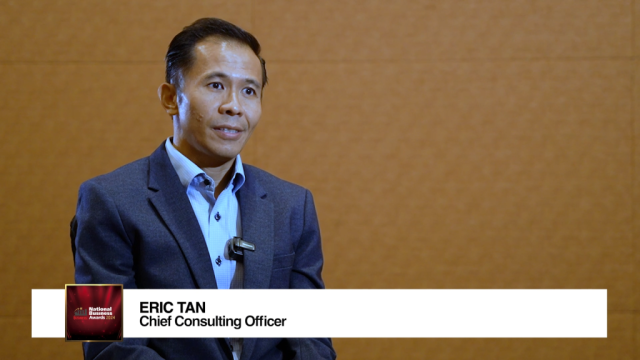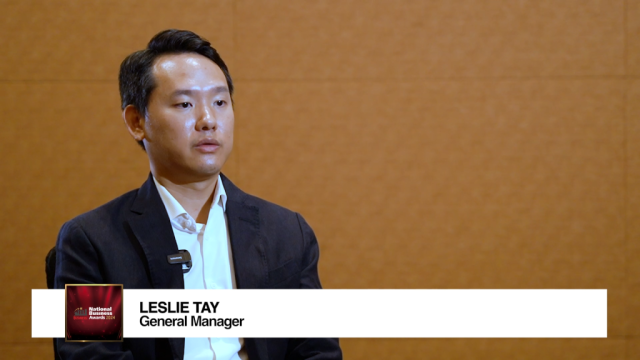 Photo by Joshua Tsu from Unsplash
Photo by Joshua Tsu from Unsplash
Worker dormitories grapple with systemic isolation challenges
The government’s efforts to enhance dormitory standards may not fully address worker well-being concerns just yet.
Singapore has long struggled with overcrowded migrant worker dormitories despite continuous efforts to improve conditions. By 2030, the country hopes to make substantial improvements by implementing interim standards for dormitories to enhance health provisions, accommodation, and facilities for the migrant worker population.
Under the Dormitory Transition Scheme (DTS), dormitories can only have less than 12 residents per room, and beds should have more than one-metre spacing between each other. Previously, there was no limit on residents per room and no requirement for spacing between beds.
The DTS now mandates that each resident in the dormitories must have at least 3.6 sqm of living space, a slight adjustment from the previous 3.5 sqm.
The interim standards are to be followed by a more comprehensive set of standards by 2040.
By 2040, worker dormitories will need to offer enhanced communal areas and ventilation, Wi-Fi connectivity, and improved living spaces to better serve their tenants.
For employers, the improvement schemes mean consistently high rental prices; for dormitory operators, it likely means that even with higher standards, dormitory operations remain profitable.
For migrant workers, however, it means enduring the current living conditions of the dormitories for a while longer.
Confinement over comfort
Despite these planned upgrades, several key concerns will still go unaddressed. Due to the remote locations of worker dormitories, migrant workers are forced to live and work apart from the resident population, with limited access to other areas.
“Dormitories create a situation where life for workers typically consists of only the dorm and the worksite, with little access to other areas to socialise and mingle where they're not surveilled or confined. In effect, they are excluded because of distance and lack of public or dedicated transport to and from the dormitories” Debbie Fordyce, president of TWC2, said.
Worker dormitories are by design situated far from public bus stations and MRT stations. Workers may need to walk long distances to access buses and MRT lines. In contrast, most residential and business areas are well-served by public transportation for the convenience of Singapore residents.
Migrant workers thus face significant restrictions in accessing essential services, such as ATMs, remittance facilities, healthcare and grocery shopping, let alone leisure activities and entertainment. Their abilities to purchase personal care products and meet their individual needs are limited.
“TWC2 occasionally encounters situations where a worker is not allowed to leave or return to the dorm because the employer has blocked his access. We are also aware of workers who are not provided with food or a food allowance, or not given proper facilities or assistance to care for himself after sustaining an injury,” Fordyce said.
She continued, “These are among the many types of complaints brought up to us. We regularly deal with issues, such as non-payment of salary, recruitment monies, abuse by the employer, workplace injuries, illnesses unrelated to work, early termination and forced repatriation.”
Fordyce shared a solution that aligns with the workers’ perspective: “This would not require new MRT lines, it just means having buses to service those dormitories and popular spots such as Little India at certain times and days, particularly on Sundays when most workers are off work.”
Compromised health
Even though the policies around dormitories are changing to better serve Singapore’s public health needs, a more holistic approach is required to properly ensure the health of migrant workers.
For blue-collar workers, maintaining physical health and having access to healthcare is crucial.
Despite the provision of six regional healthcare centres designed to serve these dormitories, TWC2 noted that some facilities are difficult for workers to access due to their locations. This poses an inconvenience to sick or injured workers seeking medical assistance.
Mok, Ying Jang MBBS, et al., in their paper, “Operational requirements of medical posts in migrant worker dormitories during the COVID-19 outbreak in Singapore” (2024), said that before COVID-19, migrant workers living in dormitories often did not consult any doctors for their ailments as the majority of illnesses were mild. If they did so, they often visited their private practitioners or workplace doctors. Only 38% of them would stop working when ill.
To improve medical posts, Mok et.al suggested that dormitories should have secured internet connectivity to operate an electronic medical records system and a queuing system. This way, migrant workers will have better access to efficient healthcare.
Medical posts currently only require “access to electricity and water and have to be easily accessible by the dormitory residents and away from public view for privacy,” according to Mok et.al.
“A combined on-site assessment by the medical team, logistics personnel, and dormitory manager to determine the siting of the medical post would be necessary, as there are variations in the vintage, capacity, and layout across different dormitories,” the authors added.
Apart from facility accessibility, Fordyce said that poor food quality can also compromise the health of workers.
“Dormitories may offer three food options, but not necessarily all three: facilities to cook one's own food, a canteen that provides cooked food and delivery of catered food. Most workers would prefer cooking for themselves because that allows them to choose what to buy, and to cook according to taste. It also means sharing the cost and the cooking,” she said.
“Catered food is the cheapest option if cooking facilities are unavailable, but catered food tends to be of poor quality and insufficient nutritional value, and the time between preparation and consumption may further impact quality and taste. Complaints among men staying in dormitories about the quality of catered meals are common. Low cost catered meals may also be responsible for health issues that result from long term consumption of meals of insufficient variety, nutrition and freshness,” she added.
There is also difficulty in ensuring that catered food complies with the different ethnicities or food restrictions of the workers.
TWC2 suggests that dormitories, as far as possible, include adequate cooking facilities in the dormitories. Smaller dormitories are recommended to provide one cooking area for every six beds, and larger dormitories, one per every eight beds.
























 Advertise
Advertise











